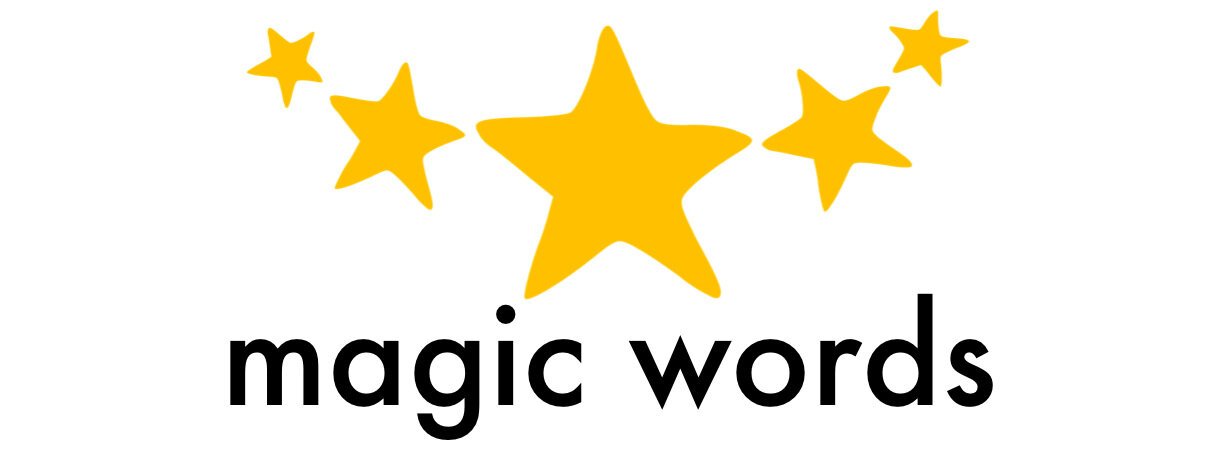By Bhavini Vithlani
Magic Words Speech and Language Therapist
The Importance of SaLT in Schools
As Speech and Language Therapists, we work to identify whether a child or adult has any speech, language, or communication needs (SLCN) which may result in requiring intervention to help improve their skills in various areas and consequently improve their quality of life too. We also check for eating, drinking or swallowing difficulties. As therapists we have a range of skill sets which we can employ in various ways. One of the most beneficial settings we work in is education. From nursery through to college, we will assess, plan intervention and support the pupils who may otherwise struggle to access the curriculum or be severely misunderstood.
“Speech, language and communication needs are the most common type of special educational need in 4-11 year old children” (RCSLT, 2012).
One of the joys in working in a school is sharing our specialist knowledge with the teaching staff. Very often, I have experienced staff questioning whether a child should be referred to a Speech and Language Therapist or not. It gives me great pleasure to be able to guide them in what to look out for and how to support the children with SLCN in school, often resulting in the staff themselves becoming more confident and comfortable working with these children.
Being able to intervene early with children with SLCN generally gives a huge boost to their progress. We educate teaching staff and parents about what to look out for, meaning that there are less children who are likely to go under the radar and struggle for longer and later in life. With regular input, we can track the child’s progress and alter their targets throughout the year using informal and formal assessment. In some instances, the ‘naughty child’ can be acting out as a deflective strategy, so their difficulties in accessing the schoolwork are less apparent as their behaviour becomes the primary concern. We can help children to access the key language in the curriculum, with hopes that this will increase their confidence and self-belief.
“More than 60% of young offenders can have difficulties with speech, language or communication.” (Bryan, Freer and Furlong, 2007)
Having a Speech and Language Therapist in school regularly allows for a number of pupils to have access to direct or indirect input. Direct therapy involves the child being seen regularly by the therapist, for this we will generally prioritise the children with the most specialist needs. For pupils with more general needs, we offer training or shadowing opportunities to school staff in order to empower them to provide indirect intervention with the continued support of the therapist. Indirect therapy may look like running groups to pre-teach vocabulary to those struggling with language or leading a Lego Therapy group for children with social communication difficulties. We work to support staff and parents to work with the children we don’t see for 1:1 therapy, as regular input is reflected in the rate of progress in most cases.
“In some socially deprived areas upwards of half of children may start school with impoverished speech, language and communication skills.” (Locke, Ginsborg and Peers, 2002).
Research shows that children with SLCN are more at risk of experiencing difficulties with their literacy development, facing lower chances of employment later in life and experiencing poor mental health. Depending on their particular difficulties, it may be hard for them to express their feelings or to form and keep friendships. These are just some of the reasons why having a Speech and Language Therapist is so crucial. Some children can mask their difficulties well and without specialist input their challenges may go unnoticed. We work to give each person a voice, an outlet, a means to be seen and heard and develop an understanding that their difficulties are okay and we are here to help.







